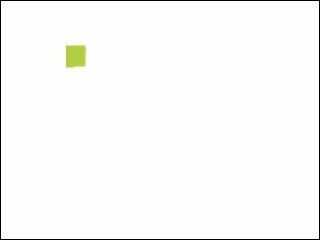transliteration a katakana origin 阿 | hiragana origin 安 spelling kana 朝日のア(Asahi no "a") | |
 | ||
あ in hiragana or ア in katakana (romanised a) is one of the Japanese kana that each represent one mora. あ is based on the sōsho style of kanji 安, and ア is from the radical of kanji 阿. In the modern Japanese system of alphabetical order, it occupies the first position of the alphabet, before い. Additionally, it is the 36th letter in Iroha, after て, before さ. Its hiragana resembles the kana no combined with a cross. The Unicode for あ is U+3042, and the Unicode for ア is U+30A2.
Contents
The characters represent [a].
Derivation
The katakana ア derives, via man'yōgana, from the left element of kanji 阿. The hiragana あ derives from cursive simplification of the kanji 安.
Variant forms
Scaled-down versions of the kana (ぁ, ァ) are used to express sounds foreign to the Japanese language, such as ファ (fa). In some Okinawan writing systems, a small ぁ is also combined with the kana く (ku) and ふ (fu or hu) to form the digraphs くぁ kwa and ふぁhwa, although others use a small ゎ instead.
Stroke order
The Hiragana あ is made with three strokes:
- At the top, a horizontal stroke from left to right.
- A downward vertical stroke starting above and in the center of the last stroke.
- At the bottom, a loop like the Hiragana の.
The Katakana ア is made with two strokes:
- At the top, a stroke consisting of a horizontal line and a short horizontal line proceeding downward and to the left.
- Starting at the end of the last stroke, a curved line proceeding downward and to the left.
Other communicative representations
The Wabun code for あ or ア, is --・--.
In the Japanese phonetic alphabet, one would say "朝日のア" (Asahi no A.)
